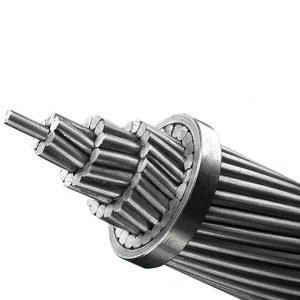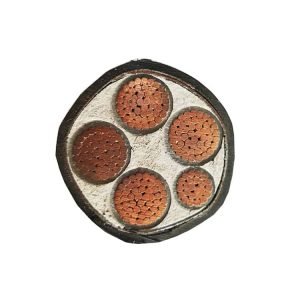


The main features of a bare wire and cable include pure conductor metal, no insulation, and a sheathing layer. Examples of such products include a steel-core aluminum stranded wire, copper and aluminum busbar, electric locomotive wire, to name a few. The processing techniques for bare wire and bare conductor products are mainly pressure processing, such as melting, calendaring, drawing, and stranding/tight compression stranding.
The main feature of these products is extrusion (winding) of the insulation layer outside the conductor. Examples of power cables include overhead insulated cables, several cores stranded (corresponding to the phase, zero, and ground lines of the power system), such as two or more cores of overhead insulated cables.
Some power cables and wires contain additional sheathing layers, such as plastic/rubber wire and cable. The primary process technologies used in the manufacture of power cables are pulling, stranding, insulation extrusion (wrapping), armoring, and sheathing extrusion. The different process combinations of various products are somewhat different.

The products have a wide range of specifications, a wide range of applications, and voltage in 1kV and below. In the face of special occasions, we have continued to derive new products. The most cutting-edge wires and cables includefire-resistant cables, flame-retardant cables, low smoke halogen-free cables, mineral insulated cable, oil cables, heat-resistant cables, mining cables, and thin wall cable
With the rapid development of the communications industry in the last two decades, the products have also had an excellent growth rate. From the past simple telephone and telegraph cable development to thousands of pairs of words cable, coaxial cable, optical cable, data cable, and even combined communications cable.
This type of wire and cable are mainly used for motors, a wide variety of instruments, and meters, to name a few.